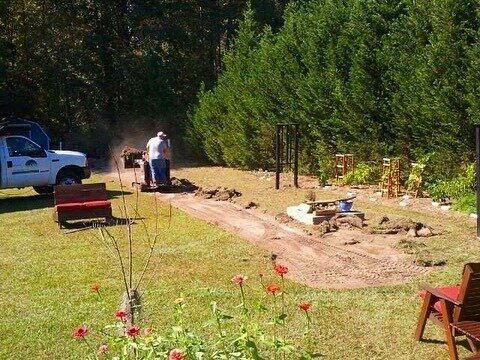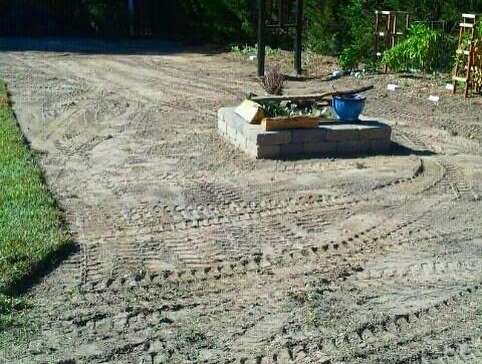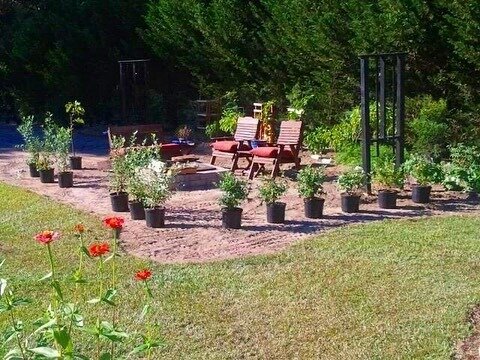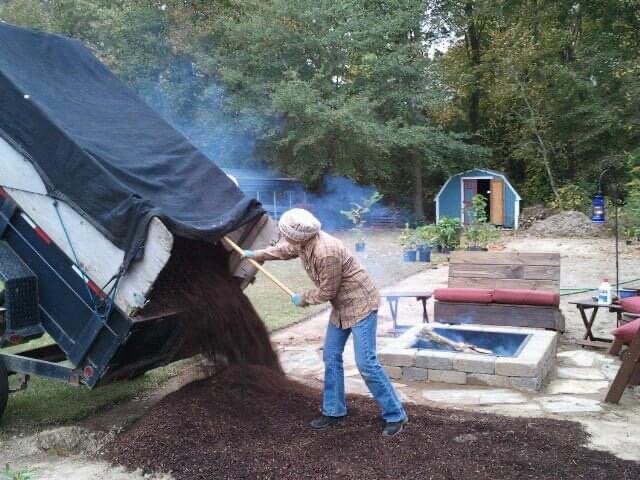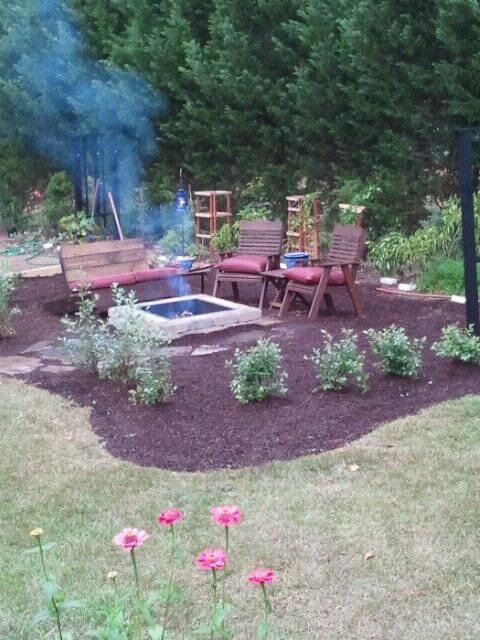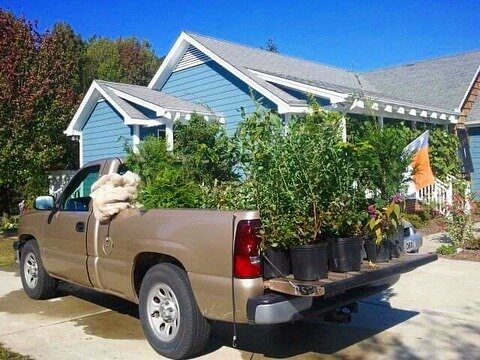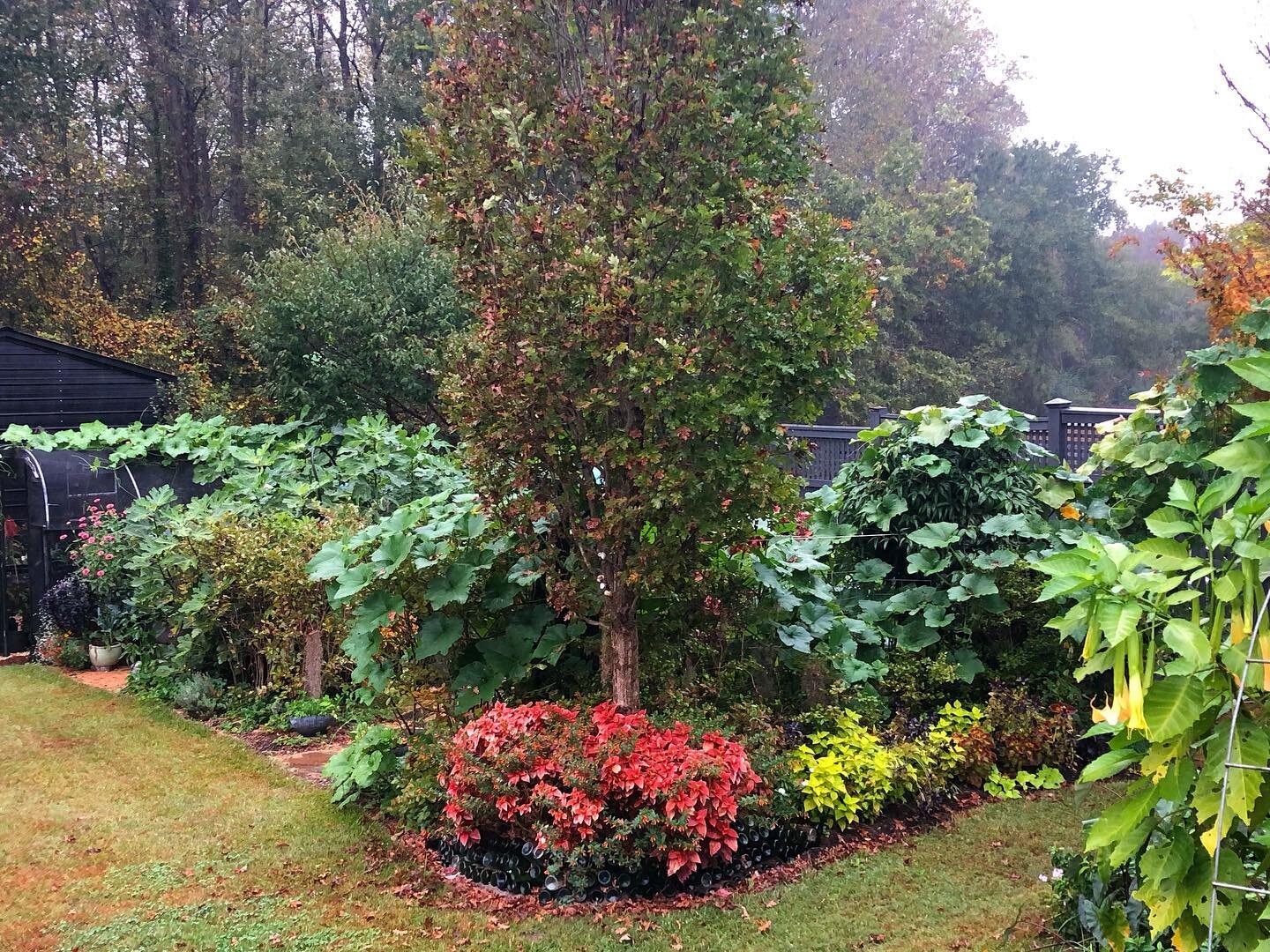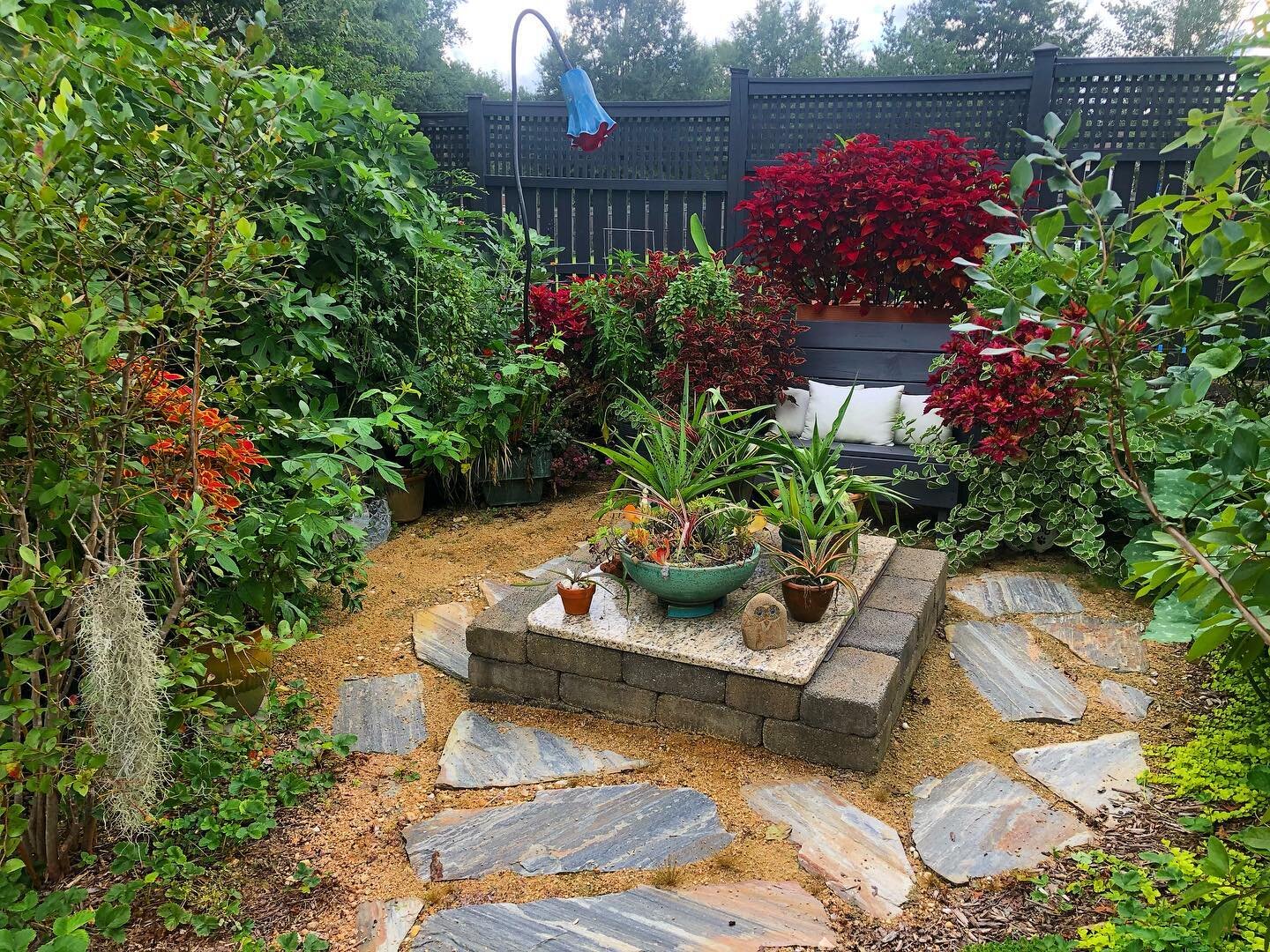9 years ago phase 2 of the Foodscape was getting started!
Starting a garden from scratch can be intimidating and expensive. From site evaluation to sourcing plants , soil and mulch it is easy to get overwhelmed with the task at hand.
For success and ease, there are a few key things I recommend:
1) Draw a plan to scale! This will provide a road map and inform you on how much square footage there is, how many plants will fit, and how much soil and compost is needed.
2) Remove the sod properly! In the south, where we have warm season spread turf, layering cardboard DOES NOT WORK! Rent a sod cutter or hire a pro!!! Either way, removing the existing turf and starting with a clean slate is super important.
3) Place your plants and adjust as needed BEFORE you start soil prep. Compost is an investment- no need to waste in on areas that won’t be planted.
4) Invest in quality compost, like Soil3 organic compost. I wish I had known about this product when I started the Foodscape, but I’m grateful to have access to it now! It’s never too late to incorporate and top dress Soil3.
Soil prep is everything! In this case, I was planting two large hedges of blueberries, so acidifying the soil with ground, aged pine bark was critical. Here you can see me spreading 15 yards of “soil conditioner” in preparation of planting those blueberries.
What blueberry varieties do I recommend? That depends on where you live, and what your “chill hours” are. You see, what I grow in Raleigh may not be the best for you in a colder or warmer climate. To pick a variety, first identify how many Chill Hours you experience- you can literally google “chill hours by zip code” to find this information! Then search for cultivars that match.
What does “chill hours” means? It refers to how many hours of weather between 32 degrees and 45 degrees F a plant requires to go dormant so it can properly blossom and set fruit. Many fruit trees, including blueberries, require a minimum number of chill hours to thrive.
Vaccinium ashei 'Powder Blue', a southern rabbiteye selection is my top performer. They provide 4 seasons of interest, having grown into a 6’ tall hedge that is starting to turn bright red now! Through the winter the exfoliating, silver bark is stunning, especially when lightly dusted with snow. The spring blooms are abundant and covered with bees, followed by a heavy, delicious fruit set in mid summer! ‘Powder Blue’ is a great option for gardeners in zones 7-9 requiring 550-650 chills hours.
For ALL other veggies, I use Soil3 organic compost because that has a neutral pH, holds nutrients, and reduces my need to irrigate!
You can watch exactly how to do this on a recent episode of Growing A Greener World where Joe Lamp’l and plant blueberries using soil conditioner and explain the benefits!
The key to success in the garden starts with soil prep!
1) Get a soil test so you know what you are dealing with to start.
2) Invest in quality soil, as this will ensure long-term success.
3) Do some research to better understand how to grow the plants you love. In the case of blueberries, find the right variety for your area and prep the soil to be more acidic.




